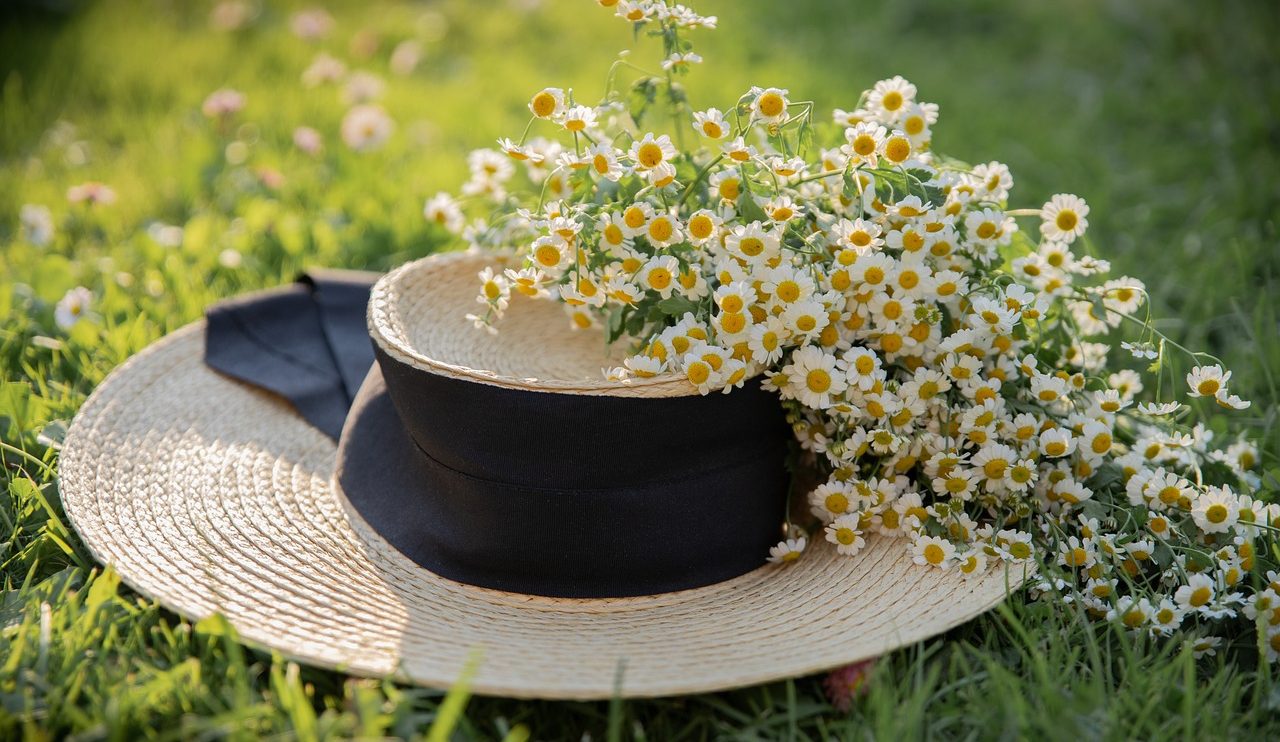Introduction
In the last issue, we mentioned that plants can also provide people with emotional support, and this support is not just psychological support. From a medical perspective, many plants can relax the mood and relieve stress. So in this issue, we will introduce in detail the emotional support plants that can relieve stress, and also introduce their cultivation skills or purchasing skills to help everyone better choose the emotional support plants you like!
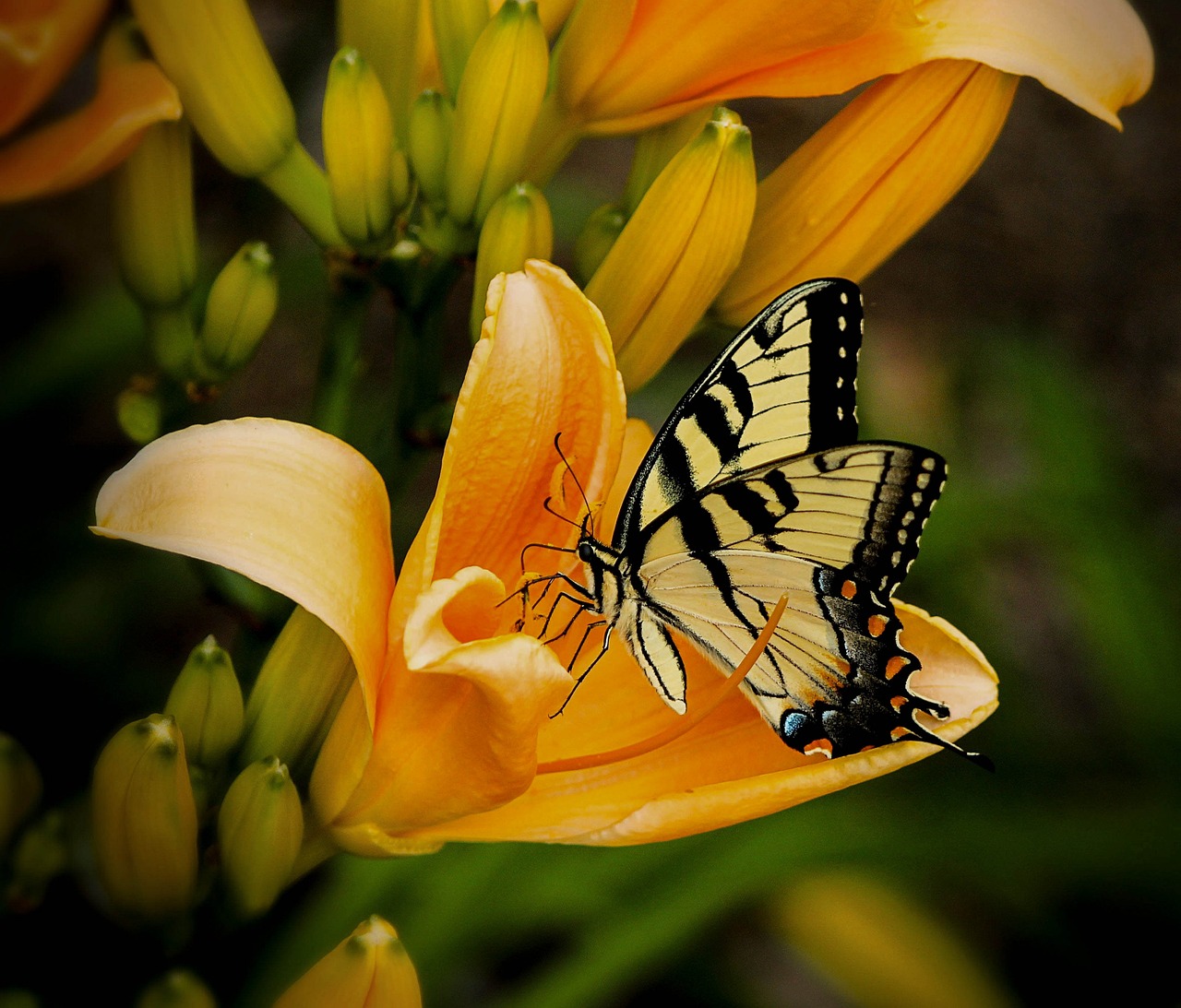
Lily
Lilies are a flower that is very commonly placed in homes as decoration. Not only is it pretty to look at, it’s also a great indoor emotional support plant. Its aroma can calm the mind and calm the mind. If you have been feeling very irritable recently, you can try putting some lilies in your home. It is good for relieving insomnia and bad mood. But it depends on your own situation. If your mood is out of control or your insomnia is very serious, you should see a doctor as soon as possible.
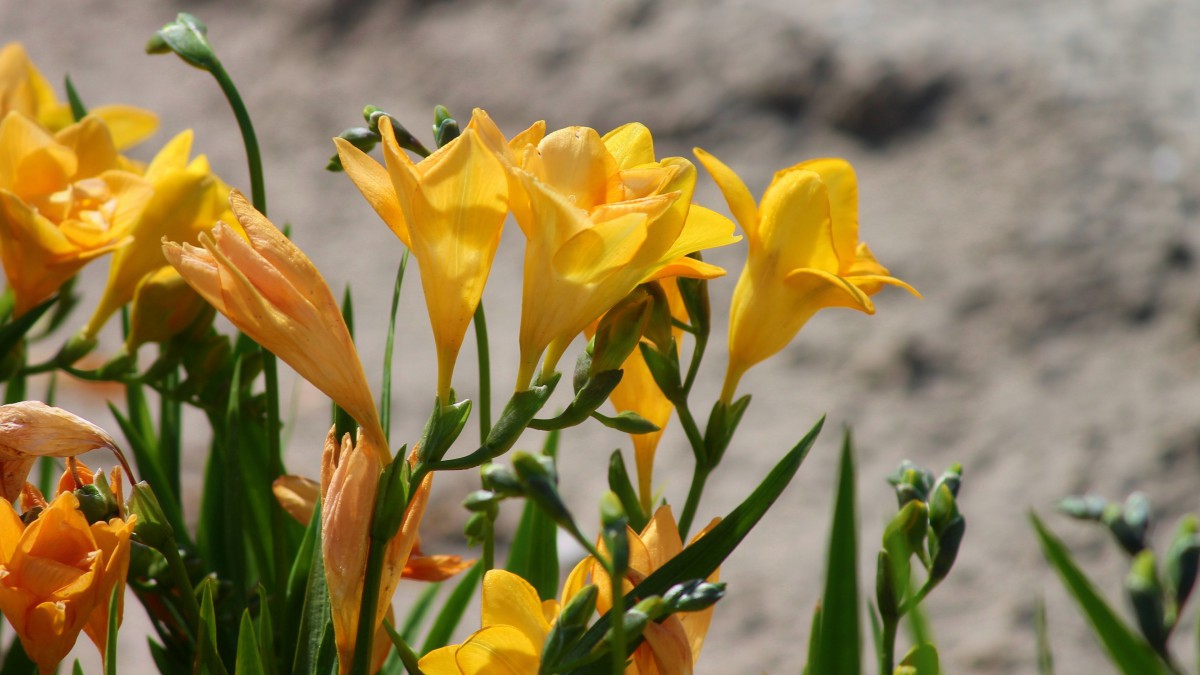
Buying Tips
In the lily market, the prices of lilies with less than three heads and those with more than three heads are completely different. When choosing lilies, if you choose lilies with less than three heads, generally the growth of the two flower heads will be similar, so they can bloom at the same time. However, when choosing lilies with more than three heads, you must pay attention to the fact that the growth of each flower head is different, so it is a good emotional support plant.
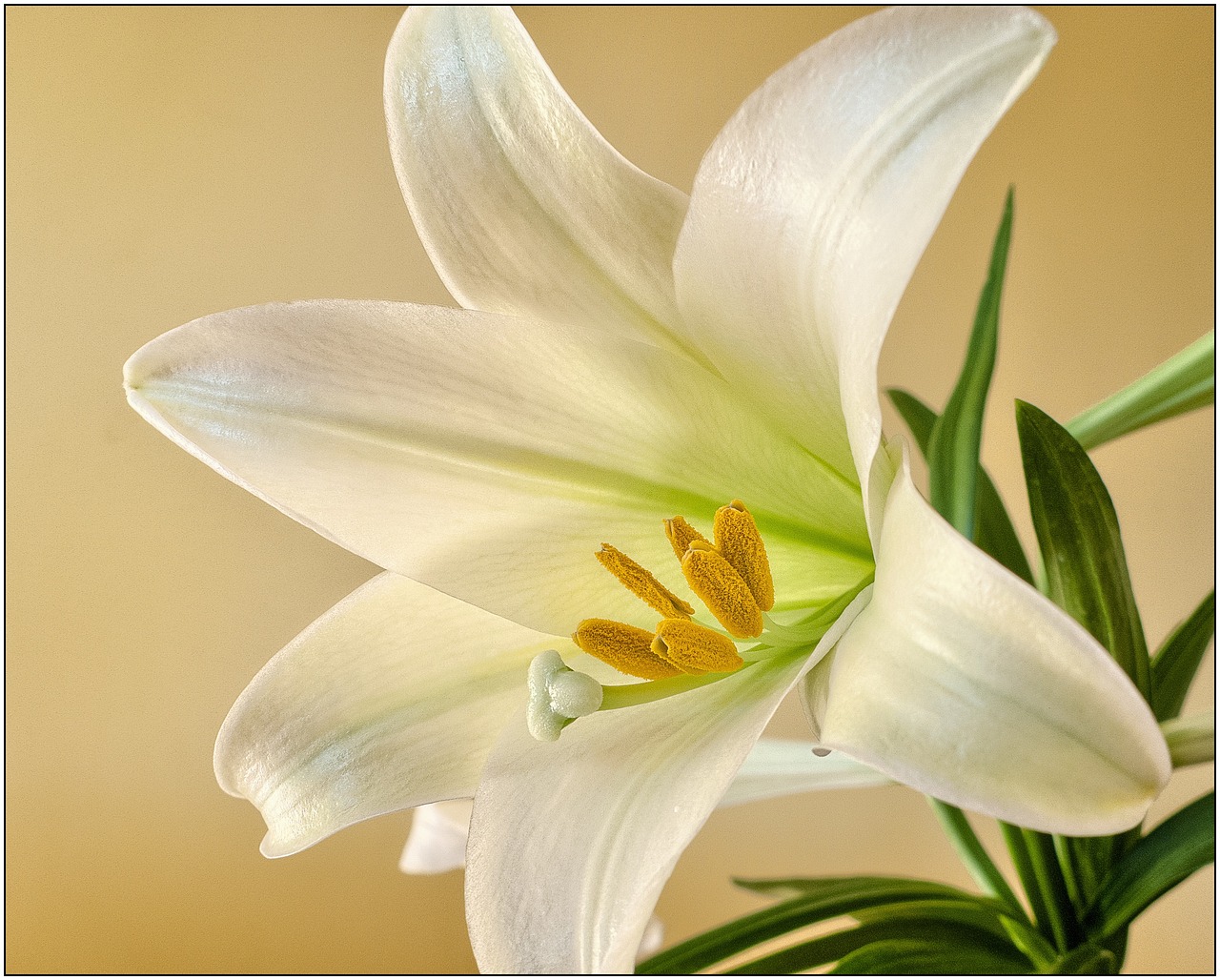
When choosing lilies as emotional support plants, avoid choosing lilies that are already in bloom. Choose the one that blooms best and is also half-open. For other flower buds, there should also be some small openings at the top of the flower buds. Moreover, only flower buds whose entire flower buds are white are acceptable. Otherwise, the flower bones that are too green will not bloom if you raise them at home.
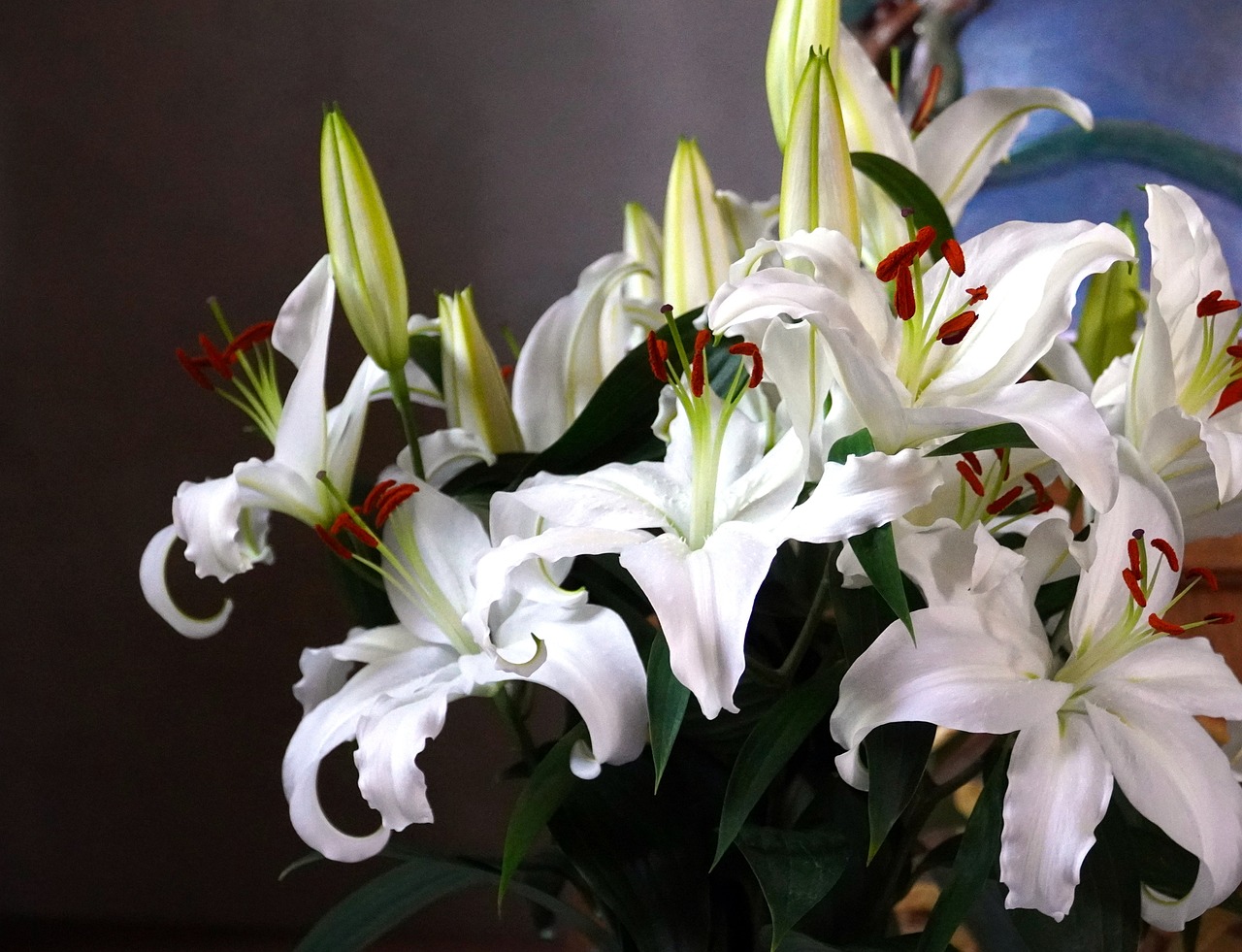
Maintenance method
When raising lilies at home, the flowering period of lilies generally ranges from 7 to 15 days. Depending on when you buy the lilies, the size of the lily buds varies greatly. When growing lilies, just use clean water. Generally speaking, you only need to change the water every 2-3 days! It’s a very convenient emotional support plant!

Spread the flower branches to allow ventilation, cut off 3 to 5 cm of the base and insert water, and remove the leaves below the horizontal surface;
- Adding bleach or preservative can extend the flowering period;
- If you want to bloom early, insert it into warm water;
- Lily is sensitive to ethylene, so you need to avoid getting close to overripe fruits and vegetables, incense, smoke, etc.
- Remove pollen. When we get lilies, we must first remove the pollen, because it is difficult to clean the pollen on the body, so be careful when removing the pollen. The removal method is very simple, just pull it off. Pull the pollen from some kind of To a certain extent, it can extend the flowering period, because the purpose of a plant blooming is to reproduce seeds. If pollen falls on the stigma, the flowers will quickly wither, retaining nutrients for the seeds.
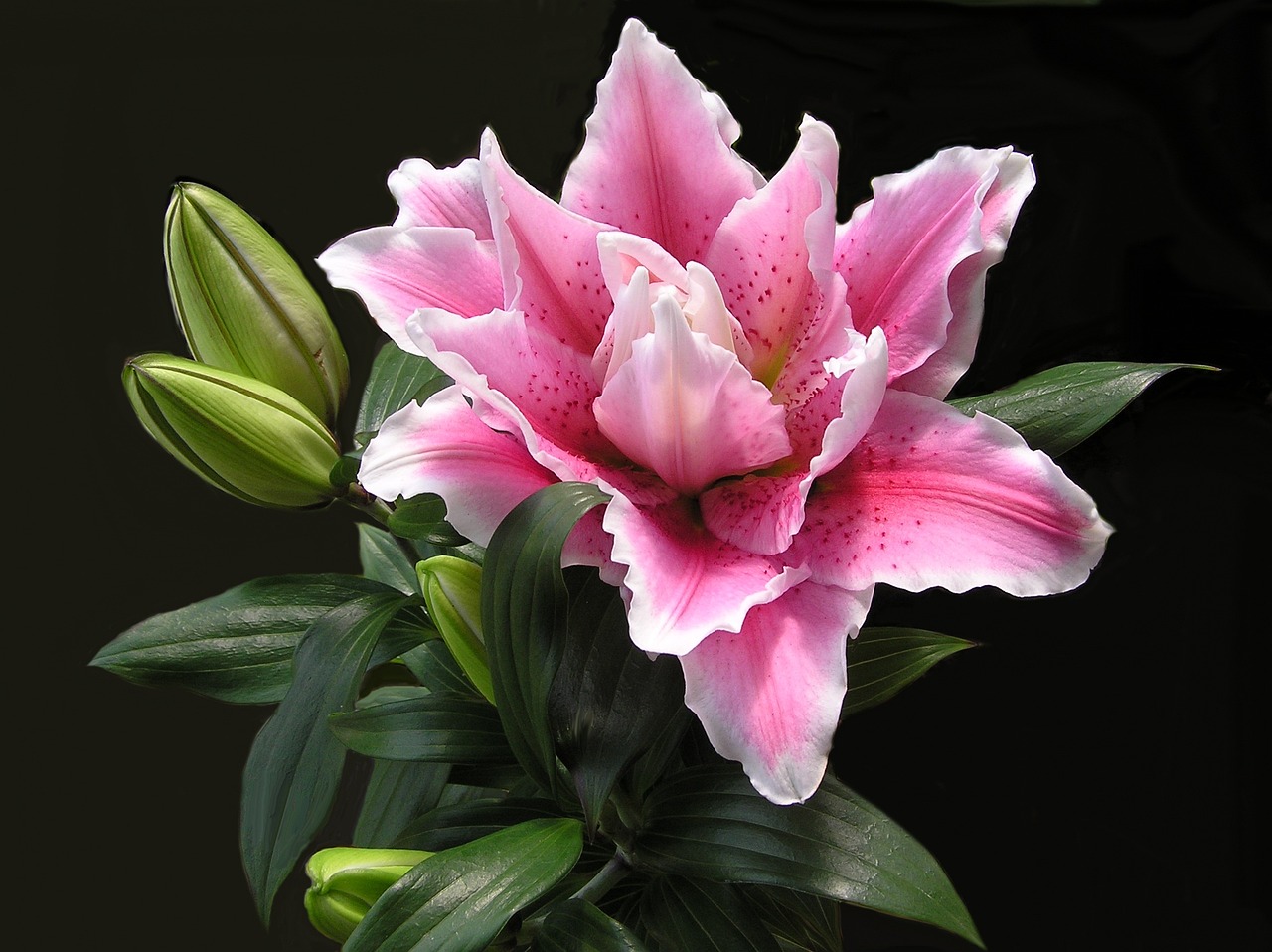
Are lilies suitable for the bedroom?
Not suitable. Although lilies have a pleasant fragrance and can calm the mind after being eaten, lilies are not suitable to be placed in the bedroom. This is because the fragrance of lily can cause excitement to the central nervous system when inhaled, and over-excitation of the nerves can cause insomnia. Therefore, placing lilies in the bedroom will not only fail to improve sleep, but will also cause restlessness and make it difficult to fall asleep. If you must keep lilies indoors, it is recommended to move them out of the bedroom at night to avoid affecting sleep.

But you can put lilies in the living room.
Lilies green your home. If lilies are placed at home for a long time, they can absorb odors in the home for a long time, and release clean oxygen and bursts of fragrance through photosynthesis. The fragrance released by lilies can increase the excitement of people’s central nervous system and keep people in a good mental state. Placing lilies in the right location can serve as an emotional support plant. Moreover, lilies can purify the air and effectively absorb and remove harmful substances such as home odors and formaldehyde. So lilies are still very good emotional support plants!

Chamomile
Chamomile is cute and honest. When the flower matures, it looks like a parachute. The yellow part in the middle is a raised hemisphere, which is very distinctive. On a boring desk, the cute and interesting chamomile will accompany you to work and cure the boredom caused by boring work. It is a great emotional support plant. When the breeze blows, chamomile will exude a light fragrance similar to apples, which can eliminate people’s fatigue, have a refreshing effect, make people feel energetic and refreshed, and can make people feel relaxed instantly!
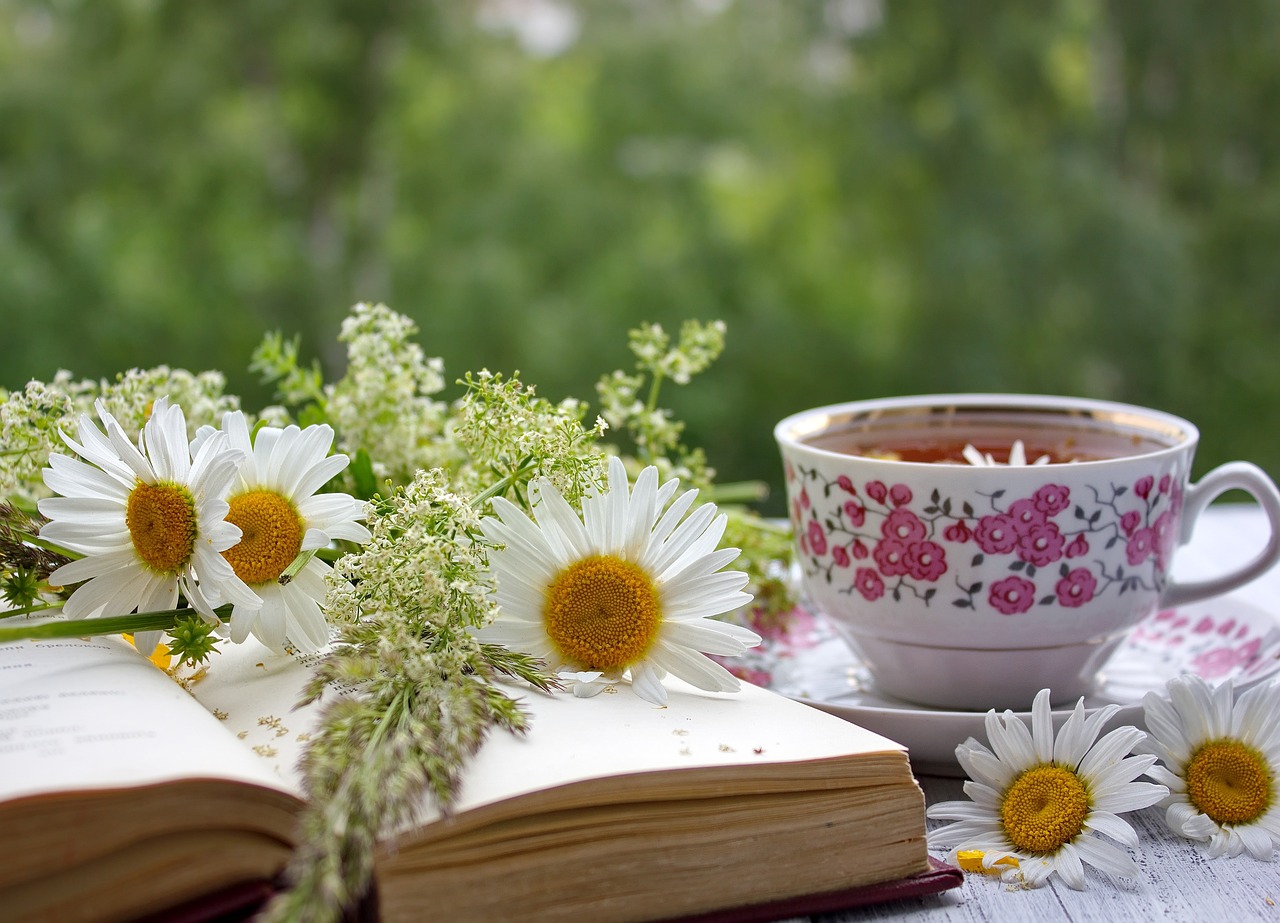
Maintenance tips
Chamomile must be a very popular plant. Its vitality is very tenacious. It can survive well no matter how difficult the environment is. It is very easy to maintain as a fresh cut flower or a potted plant, so it is very suitable as a mood. Support plants.
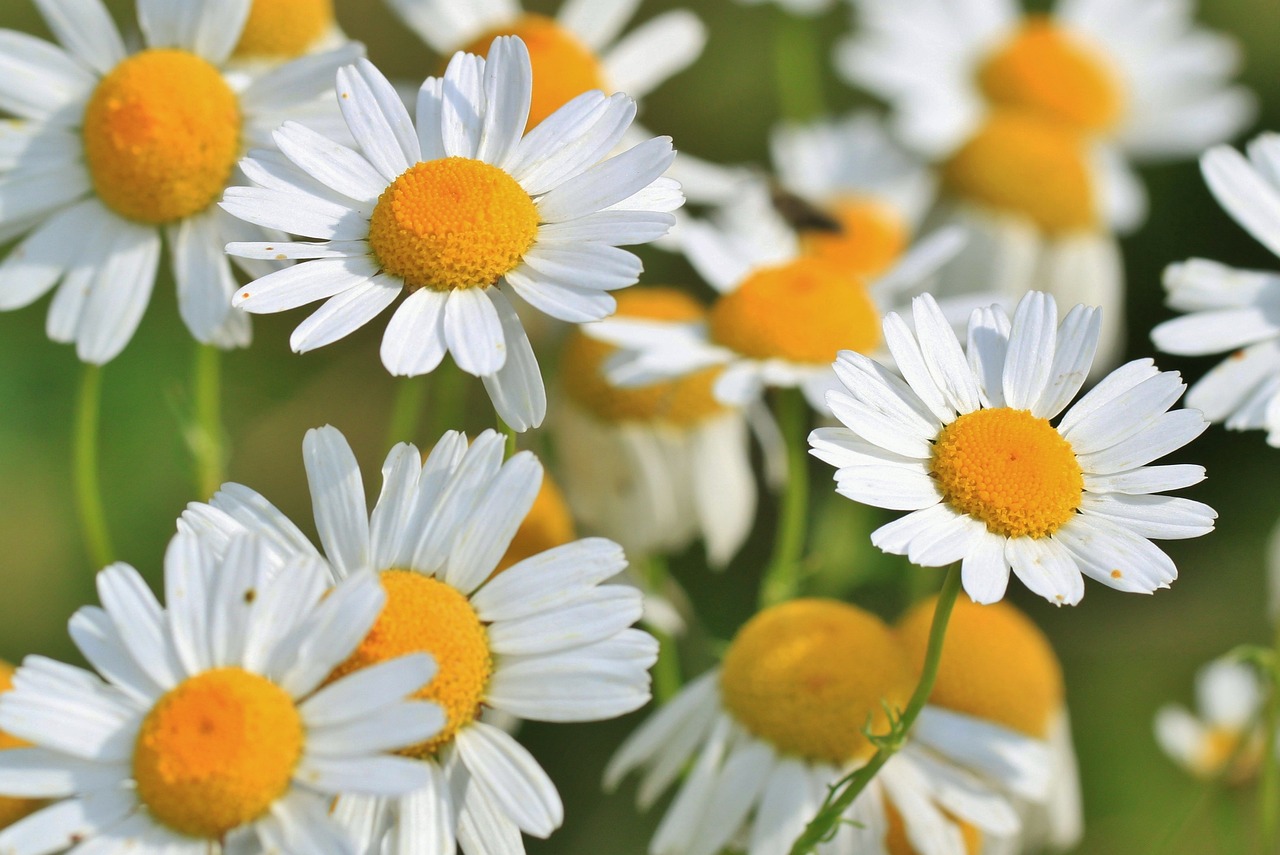
Care of potted chamomile
Illumination
If you want to maintain chamomile well, light is very important. It is a plant that loves sunlight very much. If it does not get enough sunlight during the growth period, it will easily suffer from poor growth, and it will be difficult to bloom, and it may even fail. Leggy growth occurs, which greatly affects the growth of chamomile.
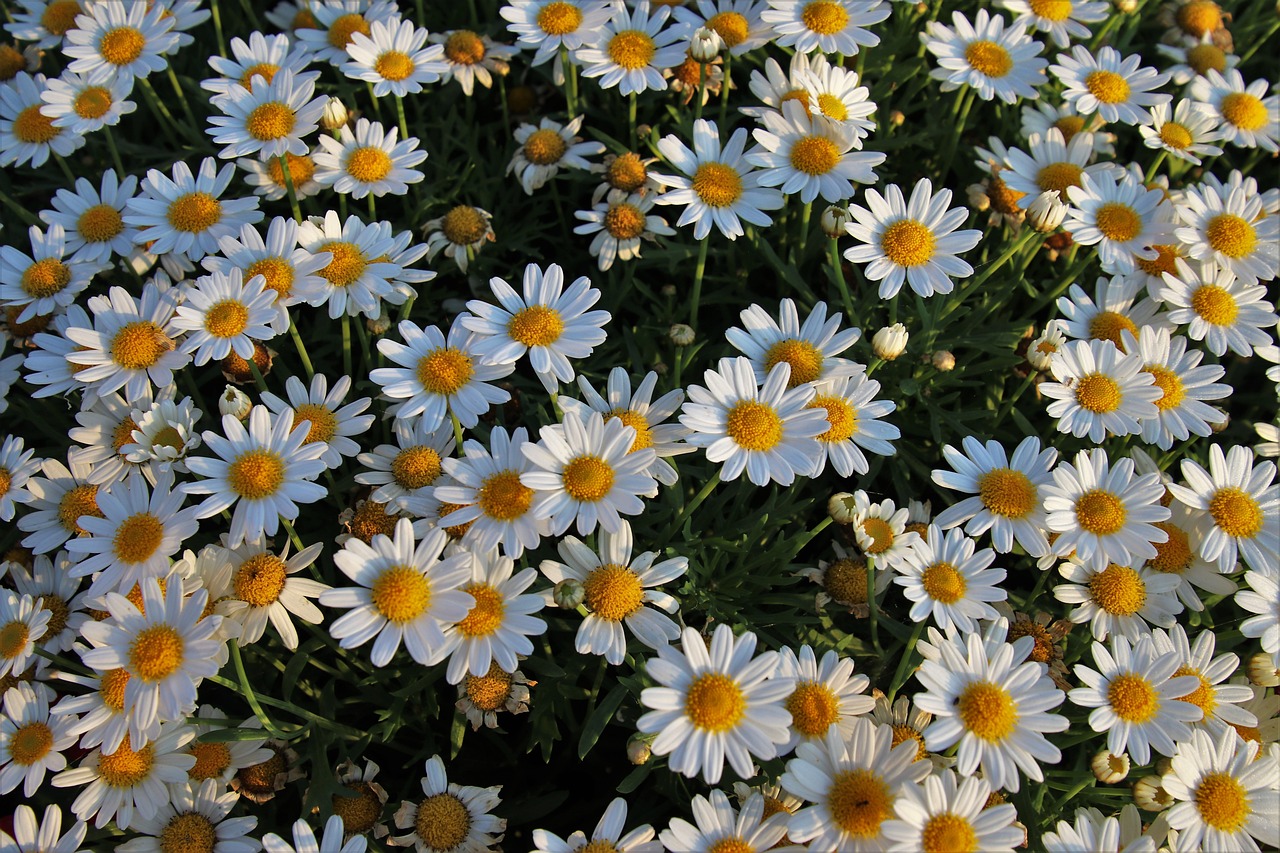
Temperature
Potted chamomile also has relatively high temperature requirements. Its heat resistance is relatively poor compared to other flowers. It likes a cool growing environment, so we should control the temperature during the maintenance process. It is best to keep it at Chamomile must not be kept at high temperatures between 15 and 18 degrees Celsius, especially in its infancy. It is prone to poor growth or even disease. Only by keeping it cool can it grow better.
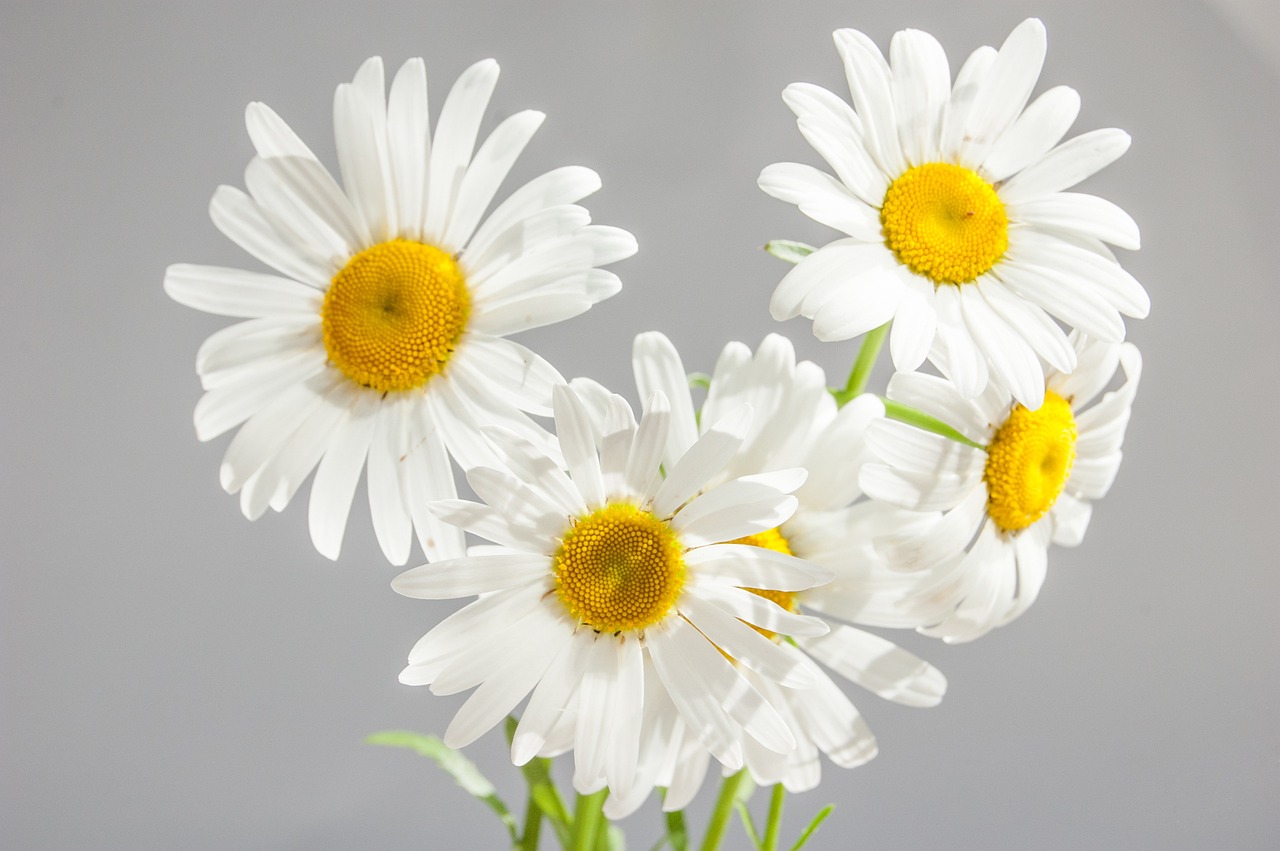
Water and fertilizer
Of course, if you want to grow chamomile well, good water and fertilizer management is essential. Although chamomile’s heat resistance is not good, it has a very good feature, that is, it has good drought resistance, which is very good for those who don’t have much time. For humans, it is a very good emotional support plant! Under normal circumstances, it is enough to water chamomile once a week and keep the soil slightly moist.
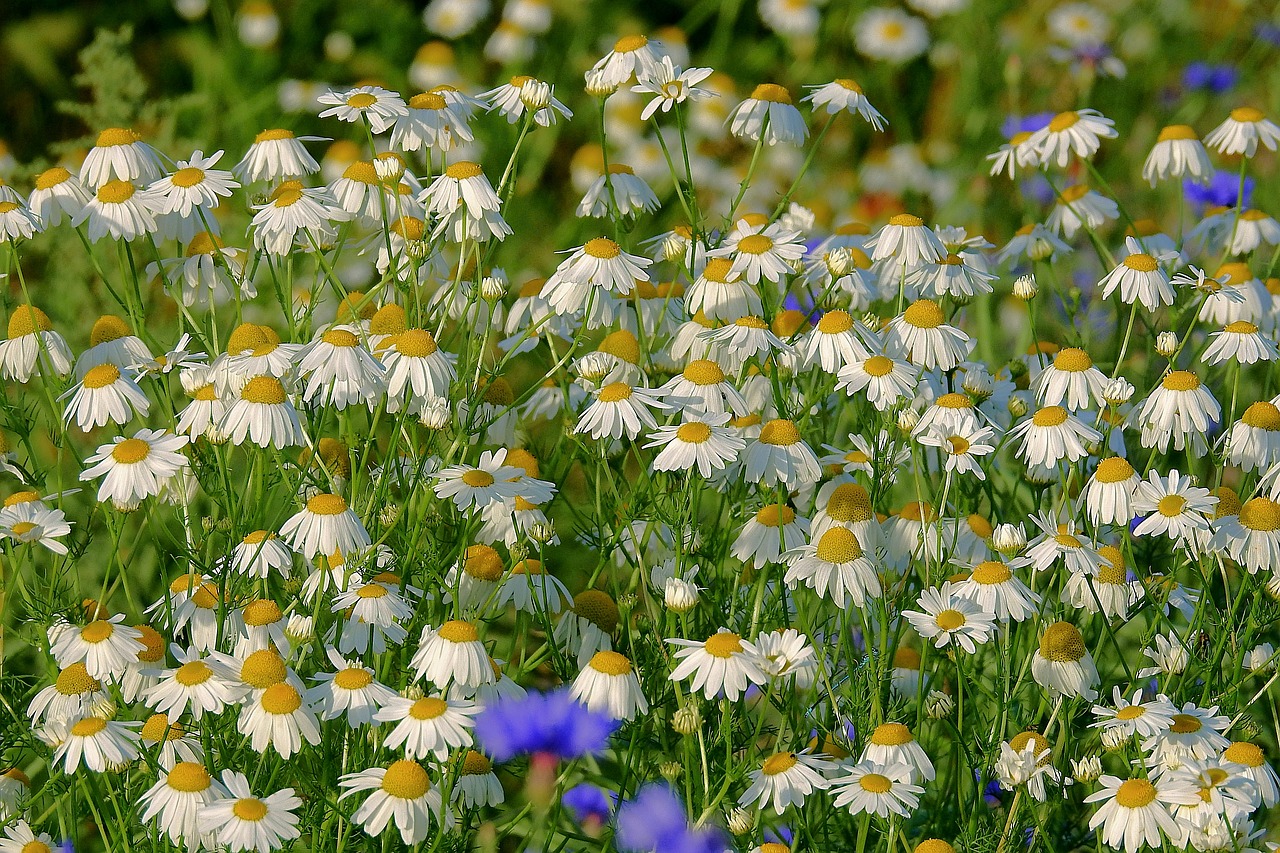
Freesia
Freesia is very common in home potted plants. Its fragrance is very unique, just like the taste of fruit, mixed with the taste of some sake, which makes people intoxicated and pleasant. The white and yellow varieties have the strongest floral fragrance, but their fragrance is not the same. It will feel too strong. Freesia is not only a beautiful ornamental plant, its fragrance also has the effect of calming nerves, eliminating fatigue, and promoting sleep. Place a pot on your desk to keep your mood intoxicated throughout the day, perfect as an emotional support plant!
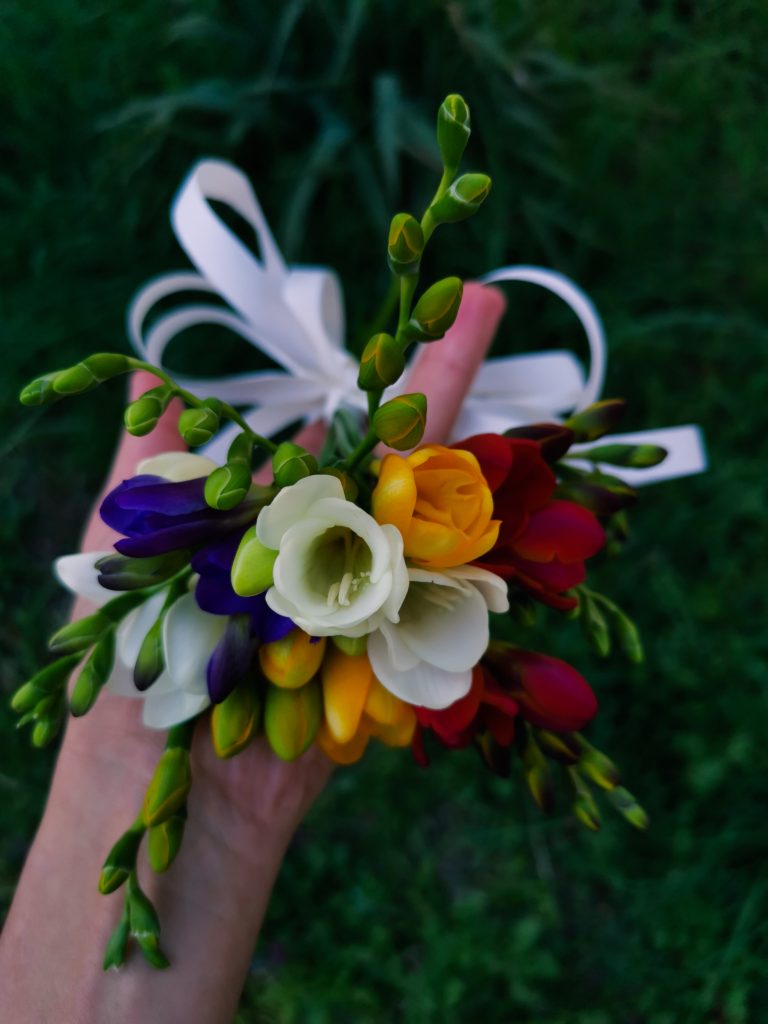
Maintenance tips
Soil
Freesias are relatively robust plants and are easy to grow as long as the bulbs are of good quality, making them ideal as emotional support plants. The soil requirements are not strict, it is best to use loose and fertile gardening soil (humus soil, black soil, peat soil, etc.). If you don’t have it, you can directly use garden soil from the green belt. It’s not a big problem. Cover the seed bulb lightly, water it thoroughly after planting it for the first time, and place it in a ventilated and cool place. It will sprout within 7 to 15 days. After germination, transplant it. If you go to a place with light, you can maintain it normally.
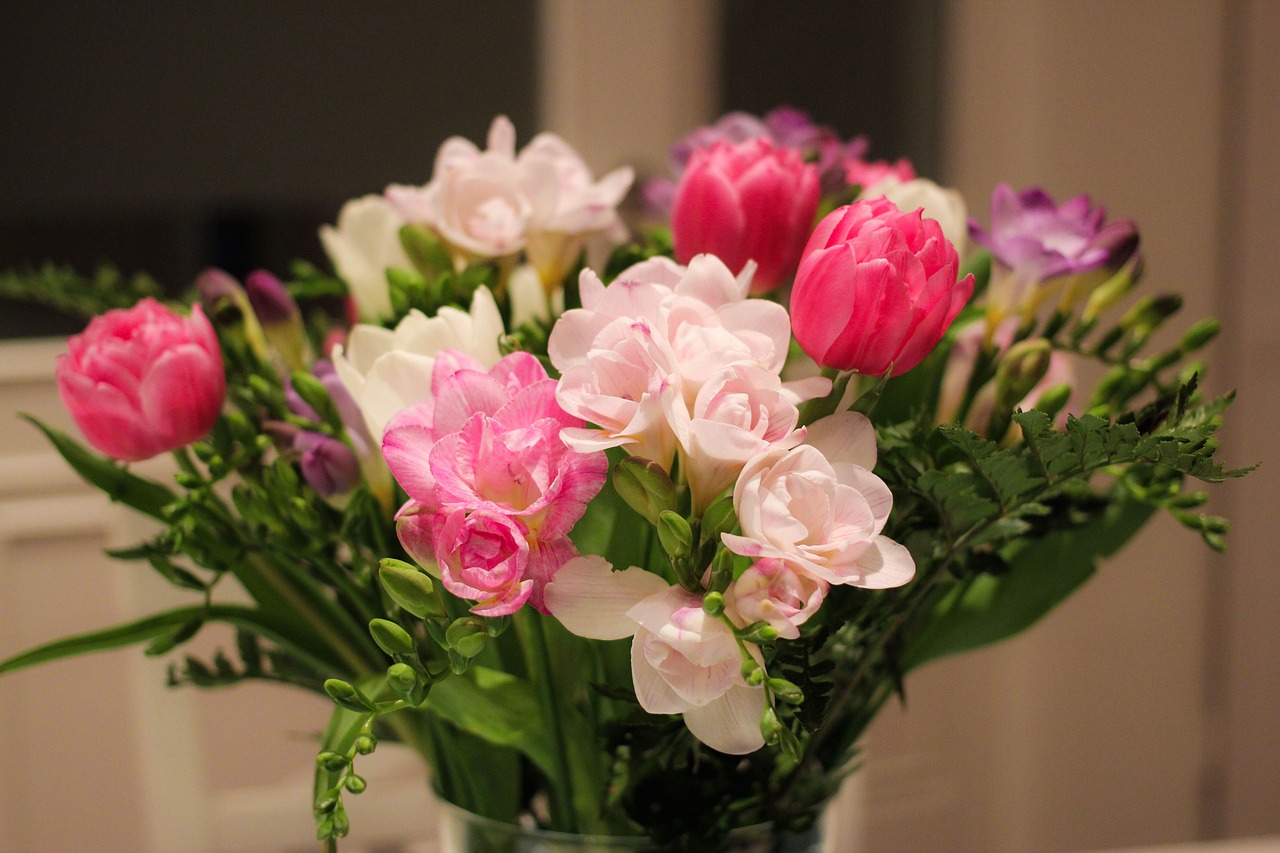
Water
This plant is very drought-tolerant and does not need to be watered every day. I usually water it once a week and wait until the soil is dry before watering. Long-term accumulation of water in the pot soil can easily lead to root rot. At the same time, you should also pay attention to fertilization. Do not apply concentrated fertilizer. Water it with water. The ratio of 1000:2 will be enough.
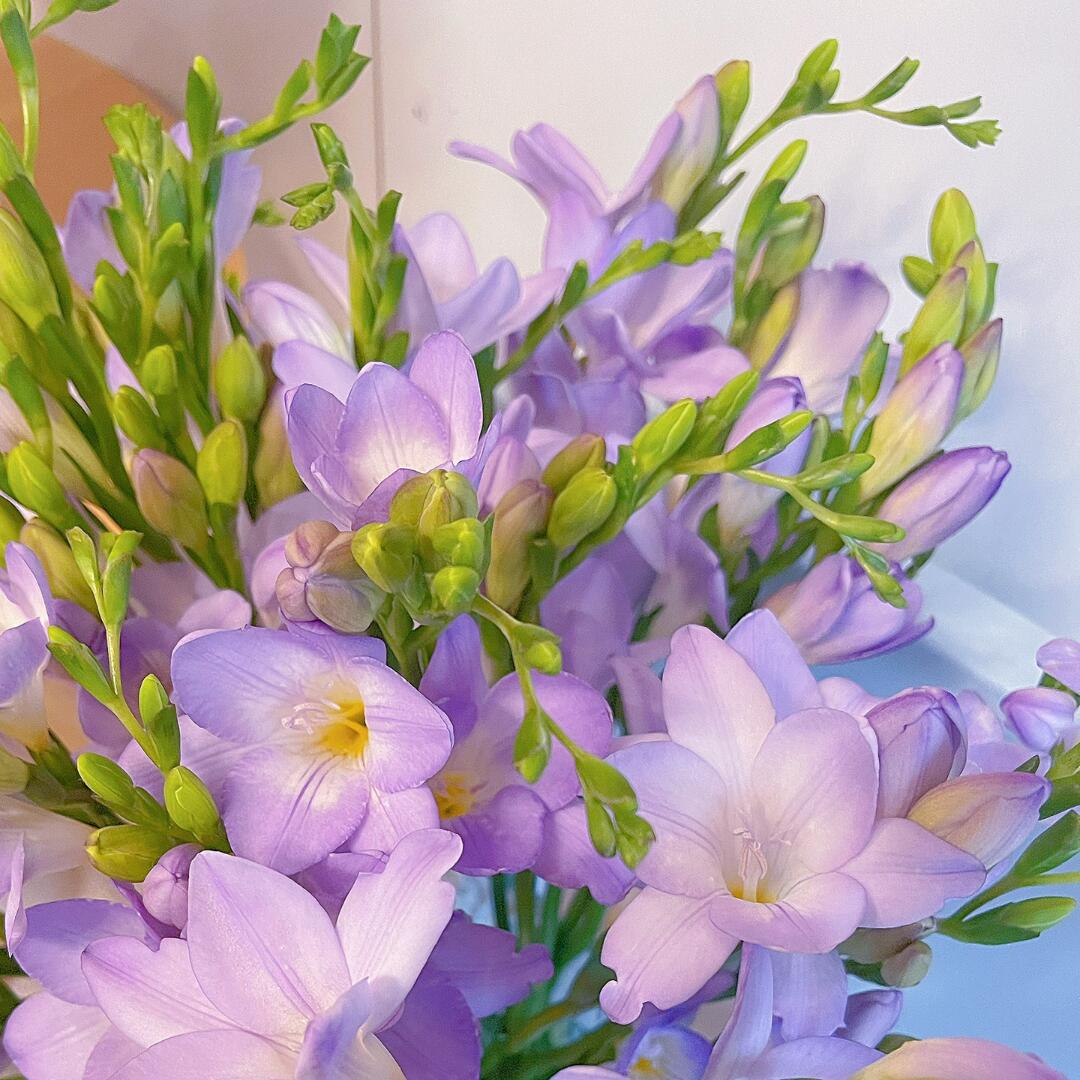
The above is the sharing of emotional support plants in this issue. See you in the next issue~
